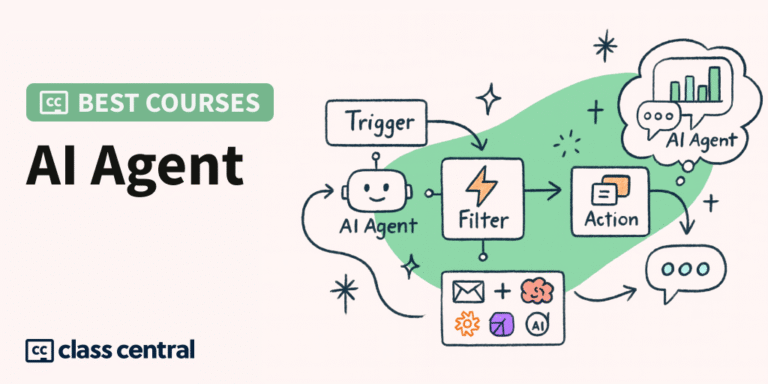From the Cool Cat Teacher Blog by Vicki Davis
Subscribe to the 10 Minute Teacher Podcast anywhere you listen to podcasts.
Math doesn’t have to feel like endless drills. In this episode, Tinashe Blanchet shares how project-based learning can transform math class into a place where creativity drives engagement and understanding.
3 Takeaways:
- Scale models make abstract math real.
- Projects build measurement, ratio, and geometry skills.
- PBL can be integrated in small steps, even with packed curricula.
Watch the Show

Watch this video on YouTube.Subscribe to the Cool Cat Teacher Channel on YouTube
Listen to the Show
Vocabulary
Editor’s Note: Do you know how hard it is to get a verified source of a definition? The definitions at the top of your Google search may cite a source, but for each of these, they did not go to a valid source. I’ve been adding words and verified definitions for the words that are discussed in the show for the reason that AI is often taking the meaning out of the words and is also biased by what you’ve seen before. I challenge all of us to ensure that when we discuss concepts in education, that we do what we want our students to do — go to verified original sources defining the concepts we’re discussing. The AI summary at the top of Google or in ChatGPT is not good enough. Both of them let me down every week as I post these. This is half rant/ half opinion as it is frustrating to me to see such a misalignment between the definitions AI so fluently shares and the actual definitions from reputable sources of information. I hope this is helpful for you – Vicki, Your Cool Cat Teacher Companion
Curriculum Alignment – “standards indicate what students should know and be able to do within a particular content area, while curriculum shapes how students will gain the knowledge, skills, and abilities as described in the standards.” CSAI Update, ERIC
Need to Knows (a PBL term): “At the beginning of the project, students are introduced to key content in an authentic context via a stimulus or hook, which in PBL we call an entry event. Students use the entry event to initiate inquiry by reflecting on their prior knowledge of the key content and then generating questions that they “need to know” the answer to in order to successfully complete the project, and what their next steps might be to answer their questions. These questions, or need to knows, are used in an ongoing way throughout the project to track learning and guide inquiry.” Need to Knows, The Buck Institute for Education, PBL Works
Numeracy – “the ability to access, use, and interpret and communicate mathematical information and ideas to engage in and manage mathematical demands of a range of situations.” PIAAC Numeracy Expert Group (Note: this explanation includes doing something with mathematical information and that math is purposeful and not just for passing a test.)
Project Based Learning (PBL): “Project Based Learning is a teaching method in which students gain knowledge and skills by working for an extended period of time to investigate and respond to an authentic, engaging, and complex question, problem, or challenge.” Buck Institute for education PBL Works
Proportion – the relation of one part to another or to the whole with respect to magnitude, quantity or degree. Merriam Webster Note: The National Council of Teachers of Mathematics has many resources on “proportional reasoning” for its members.
Scale Model – A physical representation of an object that keeps accurate proportions but at a different size (smaller or larger) Merriam Webster
Teacher-proofing – the concept of designing a curriculum so that students will learn the material regardless of the teacher’s abilities. Editor’s Note: This is a controversial concept and is often considered derogatory. See articles on Edutopia, MIT’s Future of Teaching Series, and Edweek as you discuss this subject.
Tinashe Blanchet

Author of The Freelance Educator: Practical Advice for Starting Your Educational Consulting Business, Tinashe Blanchet is a former high school math teacher with over 20 years of experience in education and teacher training. She has traveled around the United States to train thousands of teachers on using technology to enhance their instruction as a Google- Certified Innovator and Trainer. Tinashe has built a strong reputation as a skilled communicator and tech-savvy educator and has presented at local, state, national, and international education conferences and events, including ISTE and NCTM.
With a Master’s degree in Curriculum and Instruction, Tinashe has served as a non-profit founder and director, college instructor and independent educational consultant. She is a math specialist and growth lead for Innovamat, a company that creates research-based, high-quality programs that help teachers develop student thinking in mathematics. Tinashe is also an Albert Hamilton Collins Fellow at Auburn University, earning her Ph.D. in mathematics education.
Blog: http://msblanchet.net
Linked In: https://www.linkedin.com/in/tinasheblanchet/
The post A Cool Secret for Helping Kids Understand Math appeared first on Cool Cat Teacher Blog by Vicki Davis @coolcatteacher helping educators be excellent every day. Meow!
If you’re seeing this on another site, they are “scraping” my feed and taking my content to present it to you so be aware of this.






